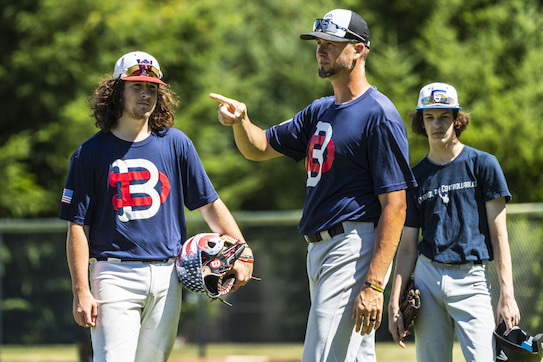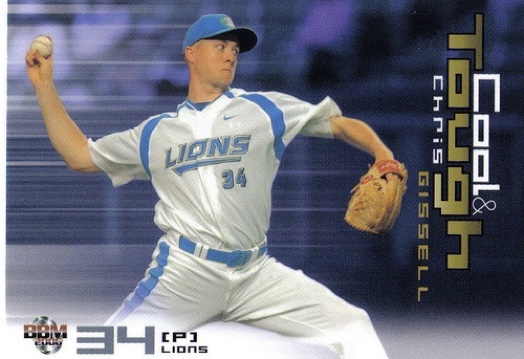 1. Pitching inside. In my 7th season, I had a pitching coach (Bob McClure) who spent a lot of time with us (his pitching staff) talking about how to use the inside part of the plate. How it affected hitters. How it opened up the outer half. How it made your other stuff better. Only a few were able to grasp the concept and execute it but for those of us that did, it was a game changer. I’m convinced it’s what gave me another 7 years, a shot at the big leagues and a contract overseas.
1. Pitching inside. In my 7th season, I had a pitching coach (Bob McClure) who spent a lot of time with us (his pitching staff) talking about how to use the inside part of the plate. How it affected hitters. How it opened up the outer half. How it made your other stuff better. Only a few were able to grasp the concept and execute it but for those of us that did, it was a game changer. I’m convinced it’s what gave me another 7 years, a shot at the big leagues and a contract overseas.
2. Accountability. I stopped making excuses. Stopped blaming my teammates. Stopped giving attention to the umpires “missed” calls and started paying closer attention to where I really threw the pitch, how often their “misses” actually helped me and my team and opened my eyes to how their “misses” do even out in the end. I became honest with myself about my personal performance every single time.
3. Cut down on walks. In my career I threw just under 1,600 innings and walked 540 batters. Of those, about 400 came in the first 6 years. The remaining were spread out over the last 8. Maybe a coincidence but those last 8 were by far better than the first 6. I contribute it to a few things. I went from the stretch position only (got rid of the windup), stopped trying to get swing and misses and started forcing contact if they wanted to get on base and as mentioned above, I took control of the inside part of the plate.
4. Started working quick. Less than 10 seconds between pitches. Warm up pitches done in less than 60 seconds. The goal was to complete a 9 inning game in under 2 hours. We were able to do it once. Missed it by a few minutes a handful of times. Most hitters didn’t like the quick tempo but my teammates did, my coaches did and the umpires really did! It helped me get into a rhythm, kept my teammates ready and kept the umpires in a good mood!
5. Gave it a rest. Staying healthy and strong was a must. The long seasons of professional ball can take a toll on anyones body. Over the second half of my career, whenever I was in the starting rotation I wouldn’t pick up a ball the day before or the day after my start. The other two days included a session of long toss and a bullpen each day. If I was a reliever, I would find a day to not pick up a ball. Usually after a 2-3 inning stint the night before. Though some thought I was a little crazy for doing this, it was something I tried and found to keep me healthy and strong from the beginning to the end.
We are all different and it’s up to us to find out what helps us become our best. The above are a few things that helped me reach the top. They wouldn’t work for all and some may see them as “wrong” but that’s okay. Hope some of you do find them helpful.






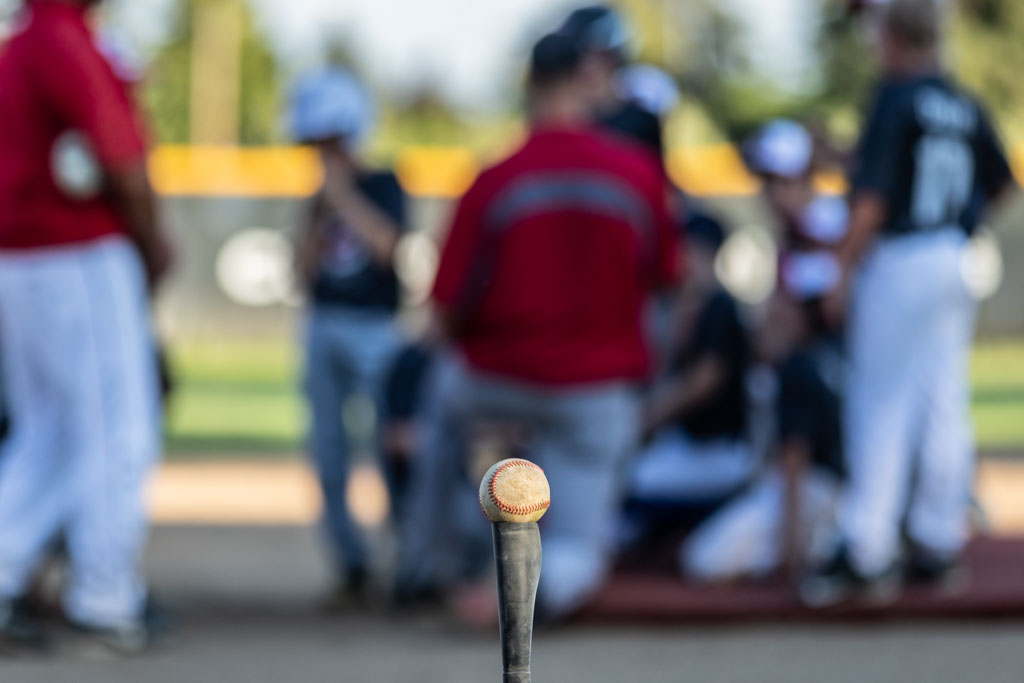 One of my favorite drills/games to have the players play. It’s always funny to hear the groans and comments from the first timers. Interesting to hear kids say “tee’s are for little kids!” Haha! But when we explain how the game will go, boy do their eyes light up!!
One of my favorite drills/games to have the players play. It’s always funny to hear the groans and comments from the first timers. Interesting to hear kids say “tee’s are for little kids!” Haha! But when we explain how the game will go, boy do their eyes light up!!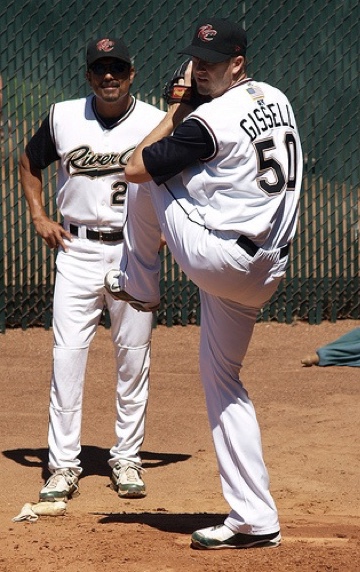 Strong competitors are solid with both but what’s the balance? Is one more important than the other? When do you work on mechanics? When do we talk and teach approach?
Strong competitors are solid with both but what’s the balance? Is one more important than the other? When do you work on mechanics? When do we talk and teach approach? 
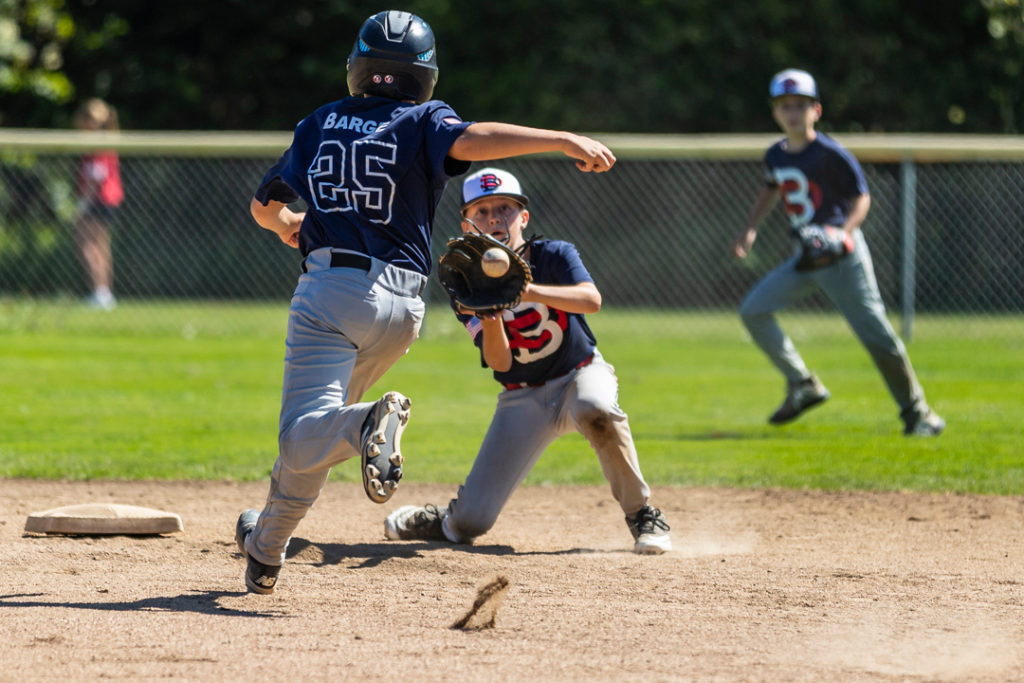 • Position players, study the opposing pitchers. Look for patterns in pitch selection. Tells in their delivery. How they handle hold times and pick off moves with runners on. See if they pay attention to the runner on third.
• Position players, study the opposing pitchers. Look for patterns in pitch selection. Tells in their delivery. How they handle hold times and pick off moves with runners on. See if they pay attention to the runner on third.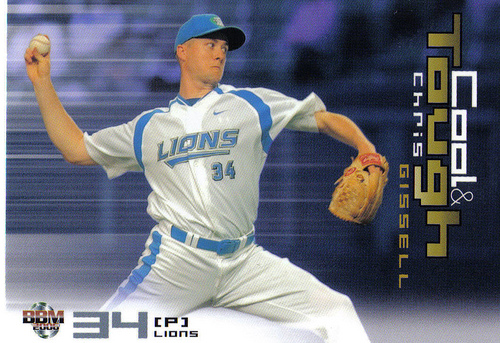 The game blessed me with the opportunity to play in Japan for the 2006 and 2007 seasons. I played for the Seibu Lions out of Tokorozawa which is in the Saitama Prefecture. I like to say it is like a suburb of Tokyo. We were a few trains away from famous Shinjuku. We spent a few off days wondering the streets of that extremely busy area.
The game blessed me with the opportunity to play in Japan for the 2006 and 2007 seasons. I played for the Seibu Lions out of Tokorozawa which is in the Saitama Prefecture. I like to say it is like a suburb of Tokyo. We were a few trains away from famous Shinjuku. We spent a few off days wondering the streets of that extremely busy area.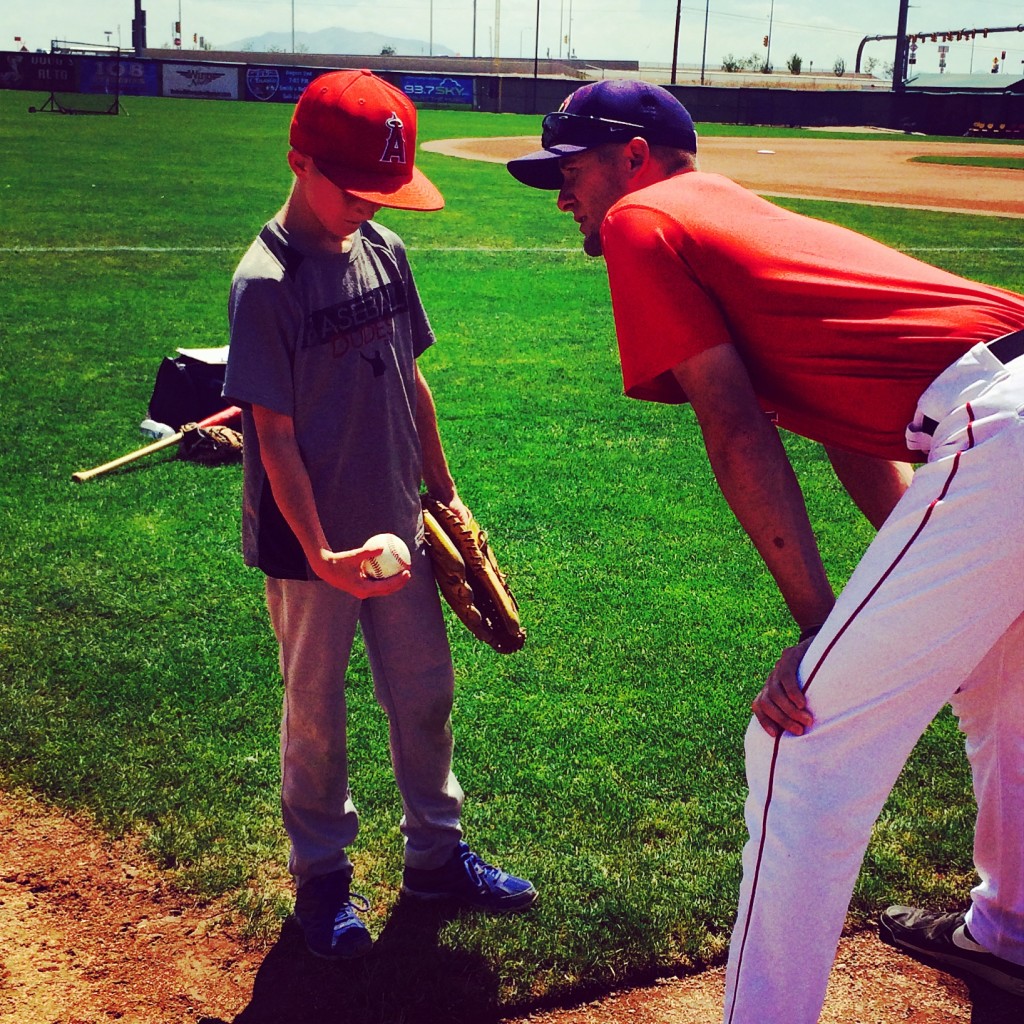 Besides physical tools, what goes on between our ears is absolutely vital for not just performing well but performing well consistently.
Besides physical tools, what goes on between our ears is absolutely vital for not just performing well but performing well consistently.  As pitchers we are always trying to be better. We work to throw harder. We try to get our change up to drop more. We would love for our breaking pitchers to be sharper. This is a constant desire for those that spend years doing it, that’s part of what striving for excellence looks like. Now, there are most certainly things we can do to make our stuff “play” better than what it actually is. “Play” meaning how our stuff appears to the batters. Here are 5 ways to help make this happen…
As pitchers we are always trying to be better. We work to throw harder. We try to get our change up to drop more. We would love for our breaking pitchers to be sharper. This is a constant desire for those that spend years doing it, that’s part of what striving for excellence looks like. Now, there are most certainly things we can do to make our stuff “play” better than what it actually is. “Play” meaning how our stuff appears to the batters. Here are 5 ways to help make this happen…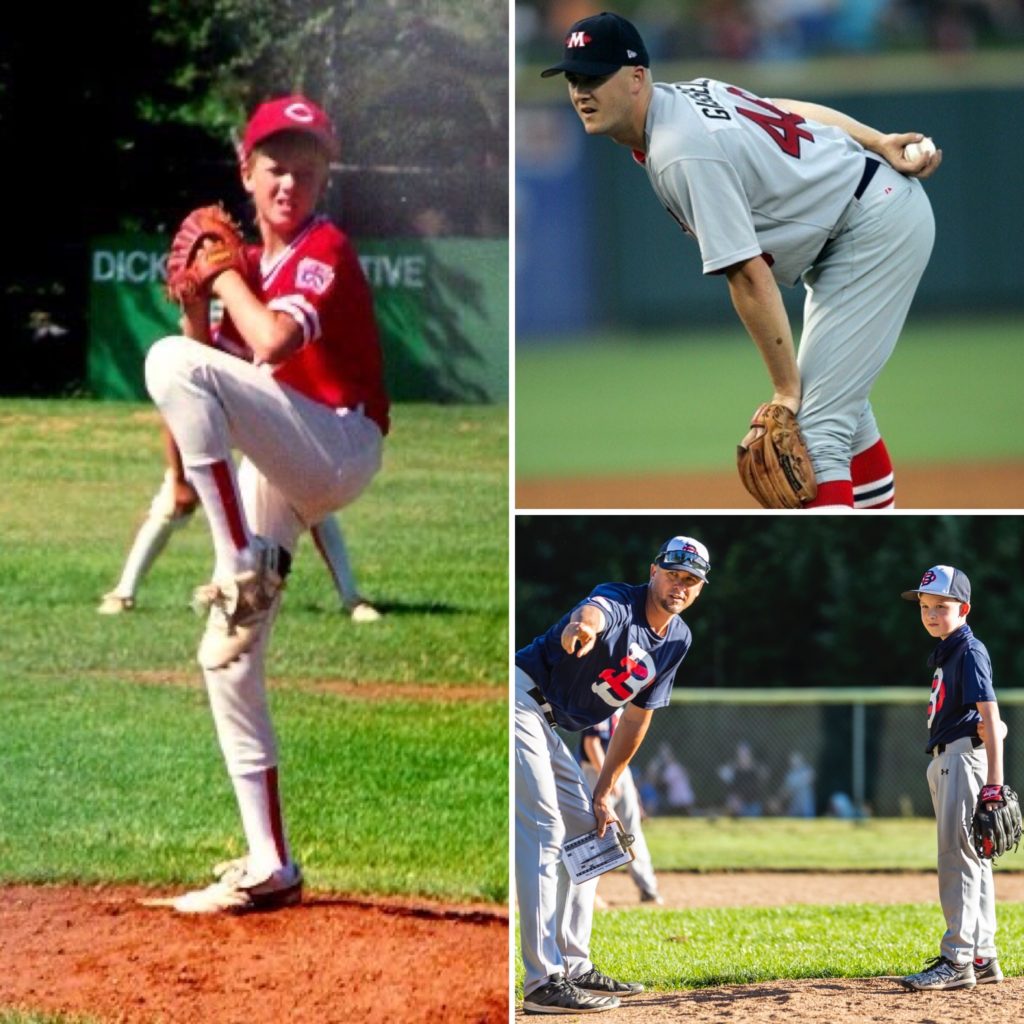
 The variations of grips for this pitch seem to be endless. There are common ones for sure but with different thoughts on finger pressure, finger locations and release, there are many options. I suggest experimenting with all ideas until you find what works for you.
The variations of grips for this pitch seem to be endless. There are common ones for sure but with different thoughts on finger pressure, finger locations and release, there are many options. I suggest experimenting with all ideas until you find what works for you. Day 1 = 20-30 minute run
Day 1 = 20-30 minute run As a young player with an over-powering fastball, why would you throw a Change-Up in a game? You would be throwing it right into the hitters bat speed and be giving him a better chance of getting a hit so it wouldn’t make any sense…RIGHT??
As a young player with an over-powering fastball, why would you throw a Change-Up in a game? You would be throwing it right into the hitters bat speed and be giving him a better chance of getting a hit so it wouldn’t make any sense…RIGHT?? Arm Care has become a hot topic. With more and more information out there on why and how kids are getting hurt, why too many never get a chance reach their full potential, many are looking for answers. Looking for ways to help their young ones maybe take better care of their arms. Here are a few ideas for you…
Arm Care has become a hot topic. With more and more information out there on why and how kids are getting hurt, why too many never get a chance reach their full potential, many are looking for answers. Looking for ways to help their young ones maybe take better care of their arms. Here are a few ideas for you… When your arm is prepared and conditioned for it, absolutely! When you haven’t pitched competitively in a game much recently because of little to no opportunity relating to too many arms on the team, poor weather conditions canceling games or because the coach is only throwing the same few arms every week, there’s no way your arm was ready for that many pitches.
When your arm is prepared and conditioned for it, absolutely! When you haven’t pitched competitively in a game much recently because of little to no opportunity relating to too many arms on the team, poor weather conditions canceling games or because the coach is only throwing the same few arms every week, there’s no way your arm was ready for that many pitches.